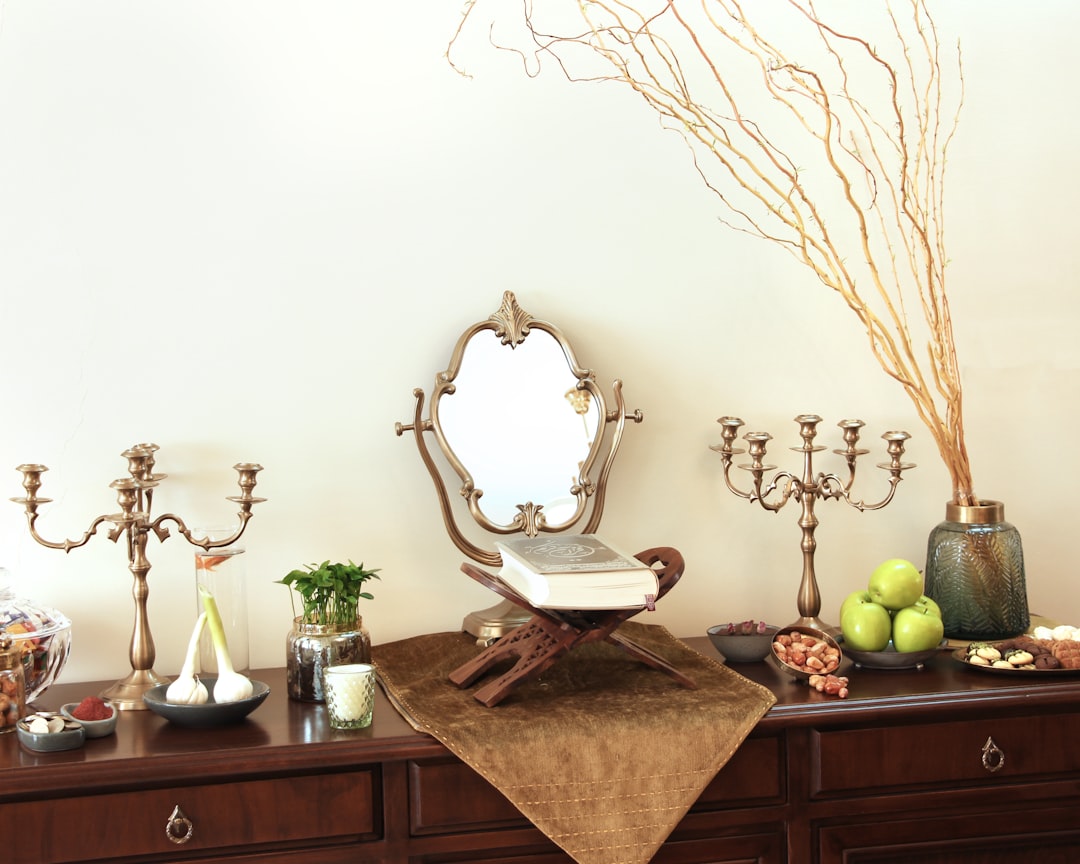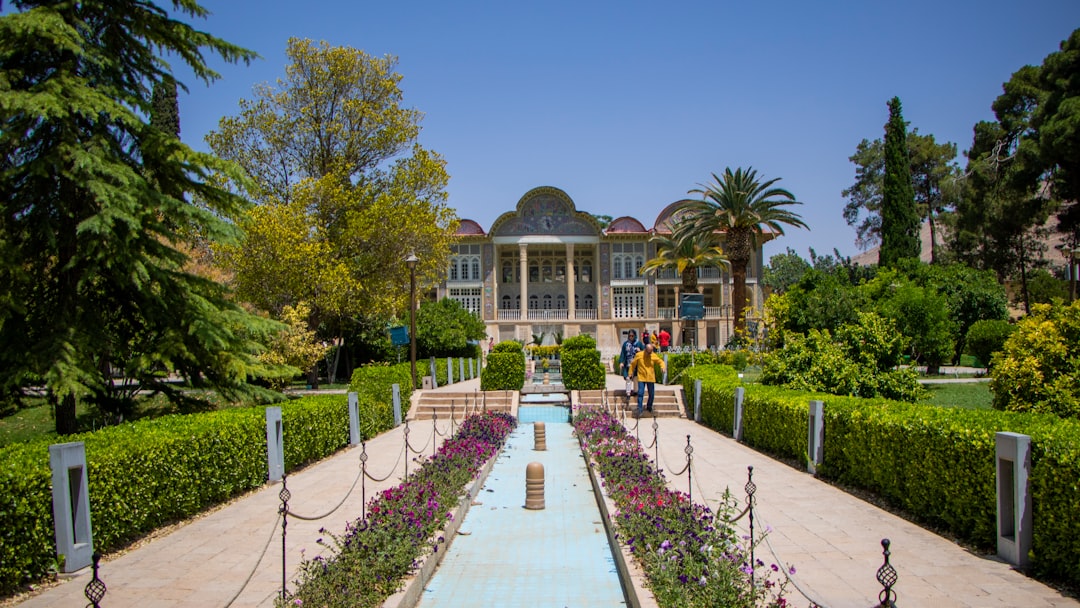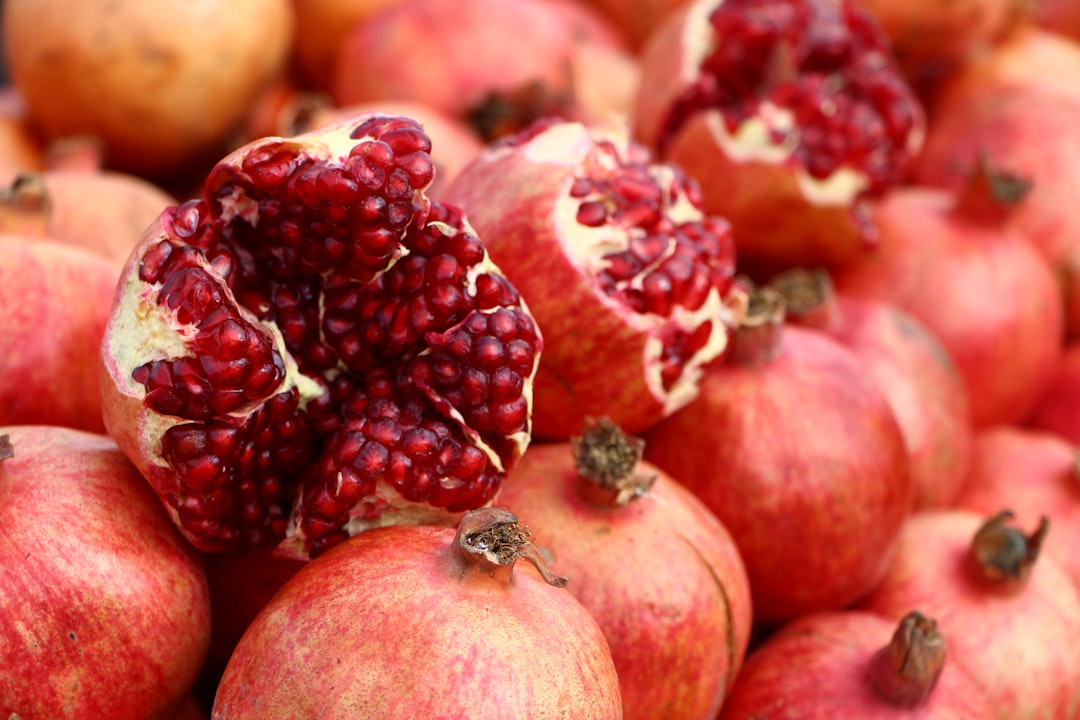Nowruz, the Persian New Year, is a celebration of renewal, rebirth, and the arrival of spring. More than just a calendar event, Nowruz is a vibrant cultural celebration that spans centuries and connects millions of people around the world, particularly in Iran, Central Asia, the Caucasus, and parts of the Middle East. For Iranians, Nowruz represents the triumph of life over darkness, a fresh start, and an opportunity to honor traditions that have been passed down through generations.
One of the most cherished traditions of Nowruz is the creation of the Haft-Seen Table, a symbolic arrangement of seven items, each beginning with the Persian letter "S," representing various aspects of life, nature, and prosperity. In this blog post, we’ll take a closer look at the significance of Nowruz and the Haft-Seen Table, and explore how this ancient celebration continues to bring joy, unity, and hope.
🌸 What is Nowruz?
Nowruz (pronounced "noh-rooz") literally translates to "new day" in Persian, marking the first day of Farvardin, the first month of the Iranian solar calendar. It typically falls on the spring equinox, around March 20th or 21st, depending on the year, heralding the arrival of spring and the end of winter.
The roots of Nowruz stretch back over 3,000 years to the Zoroastrian era in ancient Persia, and it is one of the oldest continuously celebrated festivals in the world. While it has Persian origins, the holiday has been embraced by various cultures, especially those in the regions that were once part of the Persian Empire.
Nowruz is a time for family gatherings, renewing old friendships, and reflecting on the past year. It is also a moment to honor the cycles of nature and embrace the promise of renewal and growth that spring brings.
🌱 The Haft-Seen Table: A Symbol of Life’s Blessings
Perhaps the most iconic symbol of Nowruz is the Haft-Seen Table, a carefully arranged display of seven symbolic items that are meant to bring prosperity, good health, and happiness in the new year. The number seven is highly significant in Persian culture, representing perfection and completeness. Each of the items on the Haft-Seen Table starts with the Persian letter "S", and each has deep symbolic meaning tied to nature, life, and spirituality.
Let’s explore these seven items, each of which is placed on the table with reverence and care:
1. Sabzeh (سبزه) – Sprouted Wheat or Lentils
Sabzeh, typically made from sprouted wheat or lentils, symbolizes rebirth and renewal. It represents the growth of life, the flourishing of nature, and the triumph of new beginnings. The lush greenery of the Sabzeh reminds us of the spring season and the renewal of the earth.
2. Samanu (سمنو) – Sweet Pudding
Samanu is a thick, sweet pudding made from wheat flour, sugar, and water. It symbolizes strength and power, as well as the sweetness of life. The labor-intensive process of making Samanu also reflects the hard work and dedication required to achieve success and happiness in the coming year.
3. Senjed (سنجد) – Dried Oleaster Fruit
The Senjed fruit, often dried, symbolizes love and compassion. In Persian tradition, it is believed that the scent of Senjed has the power to awaken feelings of affection and kindness. It reminds us of the importance of loving relationships and mutual respect.
4. Seer (سیر) – Garlic
Seer, or garlic, is placed on the table to represent health and medicine. Garlic is known for its healing properties and symbolizes the hope for good health and well-being in the new year. It also represents protection against illness and negative energy.
5. Seeb (سیب) – Apple
Seeb, or apple, is a symbol of beauty and health. The apple represents the purity of the body and soul and is often associated with wisdom and knowledge. In Persian culture, the apple is also a symbol of fertility and prosperity.
6. Somāq (سماق) – Sumac Berries
The Somāq berries are placed on the table to symbolize the sunrise and the patience required to reach the light after the darkness. The tartness of Somāq also represents the suffering and challenges that we overcome in life, making room for a brighter, more hopeful future.
7. Serkeh (سرکه) – Vinegar
Serkeh, or vinegar, is associated with age and wisdom. It symbolizes the wisdom that comes with experience and the maturation of both the individual and society. Serkeh is also believed to promote longevity, bringing with it the promise of a long, healthy life.
🌸 Additional Elements of the Haft-Seen Table
In addition to the seven main items, the Haft-Seen Table often includes several other symbolic elements that contribute to the beauty and depth of the display:
-
Mirror: The mirror reflects the beauty of the moment, symbolizing self-reflection, clarity, and the hope for a brighter future.
-
Candles: Candles are lit to represent light, life, and spiritual illumination. They are also symbolic of the dualism of life—light and dark, joy and sorrow—reminding us that both are integral to the human experience.
-
Goldfish: The goldfish on the table symbolize life and movement. They also represent the fishes of life, swimming toward new experiences and adventures.
-
Coins: Gold coins are often placed on the table to represent prosperity and wealth in the new year.
-
Hyacinth (Sonbol): The hyacinth flower is another popular item on the Haft-Seen Table, symbolizing the arrival of spring and the fragrance of renewal.
🌷 Celebrating Nowruz: Traditions and Festivities
While the Haft-Seen Table is a central tradition, Nowruz is celebrated with a series of joyful customs, all focused on ushering in new beginnings and honoring the passing of time. Here are some of the highlights of the Nowruz celebrations:
1. Spring Cleaning (Khaneh Tekani)
Before Nowruz begins, families engage in a thorough spring cleaning to start the new year with a sense of freshness and renewal. This tradition is believed to sweep away bad luck and make space for blessings.
2. Visiting Family and Friends
During Nowruz, families gather to visit each other and exchange gifts. It is a time for reconnecting with loved ones and sharing joy, laughter, and blessings for the new year.
3. Chahar Shanbe Suri (Fire Jumping)
On the last Wednesday of the old year, people celebrate Chahar Shanbe Suri by lighting bonfires and jumping over them. This custom symbolizes purification and the burning away of the old, to make room for the new.
4. The First Day of Nowruz
On the first day of Nowruz, families gather around the Haft-Seen Table, exchange gifts, and share a festive meal. It is a day of joy, hope, and gratitude for the blessings of the past year and the promise of a bright future.
🌸 Nowruz Mubarak!
As the spring equinox approaches, millions of people around the world will gather to celebrate Nowruz, the Persian New Year. Whether it’s the symbolism of the Haft-Seen Table, the festive gatherings with loved ones, or the heartfelt wishes for a prosperous and joyful year ahead, Nowruz is a time to reflect on the beauty of life, the cyclical nature of the seasons, and the endless possibilities that each new year brings.
From the depths of Persian tradition to the hearts of people worldwide, Nowruz Mubarak—Happy New Year! May this year be filled with peace, happiness, and countless blessings.





